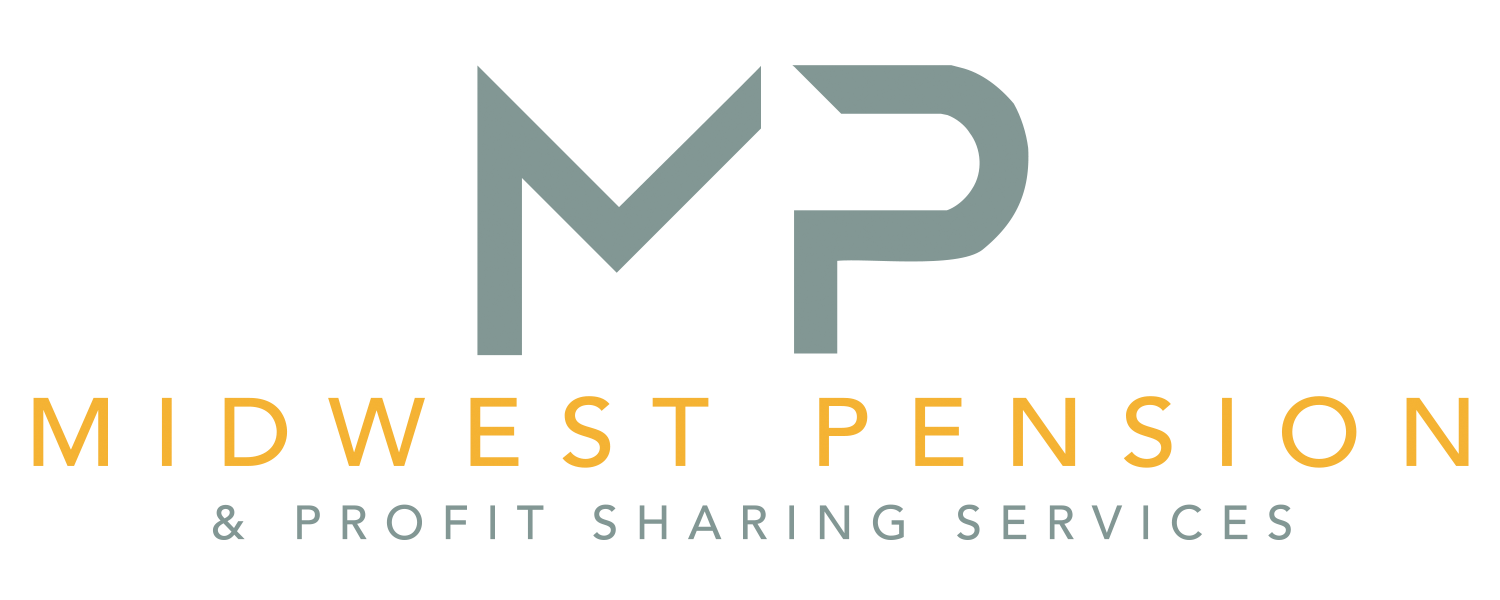Defined Contribution Plan
A defined contribution plan (e.g. profit sharing, 401(k), money purchase) defines the contribution the company will make to the plan and how the contribution will be allocated among the eligible employees. Separate account balances are maintained for each employee. The employee’s account grows through employer contributions, investment earnings and, in some cases, forfeitures. Some plans may also permit employees to make contributions on a before-and/or after-tax basis.
Since the contributions, investment results and forfeiture allocations vary year by year, the future retirement benefit cannot be predicted. The employee’s retirement, death or disability benefit is based upon the amount in his account at the time the distribution is payable.
Today 401(k) plans have become the most popular form of retirement plans. Employees can benefit from a 401(k) plan even if the employer makes no contribution. Employees voluntarily elect to make pre-tax or Roth contributions through payroll deductions up to an annual maximum limit. The plan may also permit employees age 50 and older to make additional “catch-up contributions” up to an annual maximum limit.
Often the employer will match some portion of the amount deferred by the employee to encourage greater employee participation, (i.e., 25% match on the first 6% deferred by the employee). Since a 401(k) plan is a type of profit sharing plan, profit sharing contributions may be made in addition to or instead of matching contributions.
Employee and employer matching contributions are subject to a special nondiscrimination test. The plan may be designed to satisfy requirements (401(k) Safe Harbor), which can eliminate this nondiscrimination test.
The profit sharing plan is one of the most flexible qualified plans available. Each year the employer decides the amount, if any, to be contributed to the plan. For tax deduction purposes, the company contribution cannot exceed 25% of the total compensation of all eligible employees.
The contribution is allocated to employees in a variety of different methods:
Pro-rata – Each employee receives the same percentage of contribution based on compensation.
Integration with Social Security – The formula may integrate an employee’s compensation with the Social Security taxable wage base.This formula results in a larger percentage allocated to eligible employees earning more than the taxable wage base or a certain percentage thereof.
Age-Weighted – Profit sharing plans may also use an age-weighted allocation formula that takes into account each employee’s age and compensation. This formula results in a significantly larger allocation of the contribution to employees who are closer to retirement age. Age-weighted profit sharing plans combine the flexibility of a profit sharing plan with the ability of a pension plan to skew benefits in favor of older employees.
New Comparability – These plans, generally referred to as “cross-tested plans,” are profit sharing plans tested for nondiscrimination as though they were defined benefit plans. By doing so, certain employees may receive much higher allocations than would be permitted by standard nondiscrimination testing because an employer is allowed to define certain groups, each receiving different allocations. New comparability plans are generally utilized by small businesses that want to maximize contributions to owners and higher paid employees while minimizing those for all other employees.
A money purchase pension plan operates like a profit sharing plan. The major difference is that, unlike profit sharing plans where employers are permitted to make discretionary contributions each year, the employer has a set contribution rate, which is stated in the plan document. These mandatory contributions must be made each year regardless of the employer’s profits. Failure to make a contribution can result in the imposition of penalties.
Contributions may be allocated based on a Pro-rata or Integrated formula (detailed under Profit Sharing section). For tax deduction purposes, the company contribution cannot exceed 25% of the total compensation of all eligible employees.
Contact
Get In Touch
Connect directly with our experienced associates.
Our team is here to help you take the next step.
